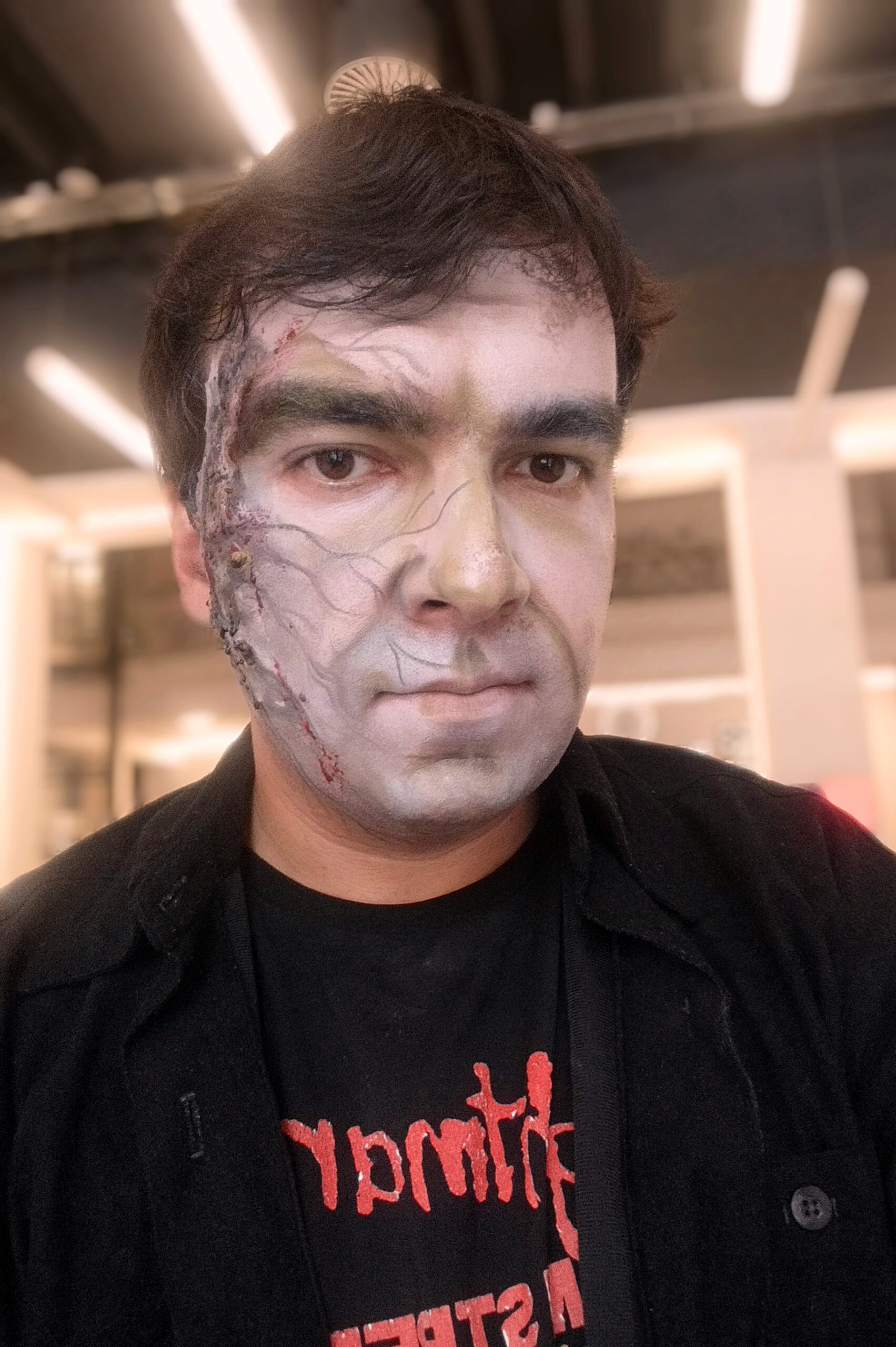
CAT PEOPLE (1982)
In one of the previous articles, I wrote about remakes that are better than the originals or equal in quality. CAT PEOPLE (1982) is one of Paul Schrader’s more underappreciated works. Jacques Tourneur’s original from 1942 drew inspiration mostly from German expressionist cinema, and the result is a good and effective film, historically very important, but in my opinion, it does not work that well anymore.

Schrader’s movie is one of the examples where I prefer the remake. He didn’t write the screenplay; that duty went to Alan Ormsby, who did a pretty good job of taking the original minimalist psychological horror and turning it into an erotic horror with the themes of transition into adulthood and overt incest tones. The screenplay was pretty in sync with Schrader’s often-explored themes of sex, death, identity, and personal sacrifice for something greater.

Schrader creates the surreal and sexually charged tone, and he does it with a strong sense of visual artistry. It seems that the fact that he didn’t write the script himself freed him to go wild with visual marvels. Not that he didn’t have marvelous visual solutions in his other films, especially in MISHIMA: A LIFE IN FOUR CHAPTERS. CAT PEOPLE is, to me, one of the most beautiful films ever made. To achieve this, Schrader collaborated again with his AMERICAN GIGOLO group of people – cinematographer John Bailey and production designer Ferdinando Scarfiotti. Red filters, matte paintings, and wildly beautiful sets are used to create stunning shots and atmosphere.

The film goes deep into the mythical atmosphere, creating a story about the siblings Irena (Nastassja Kinski) and Paul (Malcolm McDowell), the only surviving members of the “cat people” race. Zoo curator Oliver (John Heard) falls in love with Irena, but fate has other plans. This film is also a story about sexual awakening, the search for the perfect partner, and attempts to find the reason to live through love, to soften the effect and horror of the only real fate of every human being-death.

Sex and death go hand in hand in this film, and some of the core horror themes of body modification and transformation through sexual awakening are explored with openness and freedom that would have been impossible forty years earlier. Sometimes less is more, but in this case, more is more, and Schrader uses the script to build a world of beauty and horror, relying heavily on mythical and surreal tones but also presenting the inner conflicts of the main character mostly with psychological realism.

The increasingly tragic tone is effective, especially when presenting the main character, Irena, and her struggles in the relationship with Oliver. The same goes for John Heard’s character, although Nastassja Kinski got more space. Malcolm McDowell is again great in this film, but his character should have been used more.

The music is perfect, and it functions well as an iconic standalone soundtrack (which is the typical way that Giorgio Moroder’s soundtracks work) while also complementing the visuals well. One of my favourite pieces is Paul’s Theme (Jogging Chase). The famous title composition is used in several variations throughout the film, with the most effective one being David Bowie’s vocal version, used during the last scene and through the end credits, sealing the tragic love story of Irena and Oliver.
Rating: 4/5








Leave a Reply